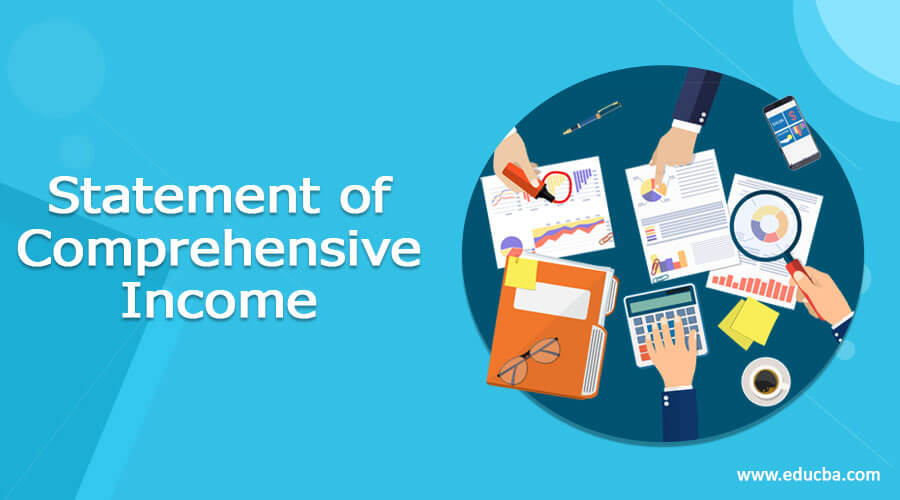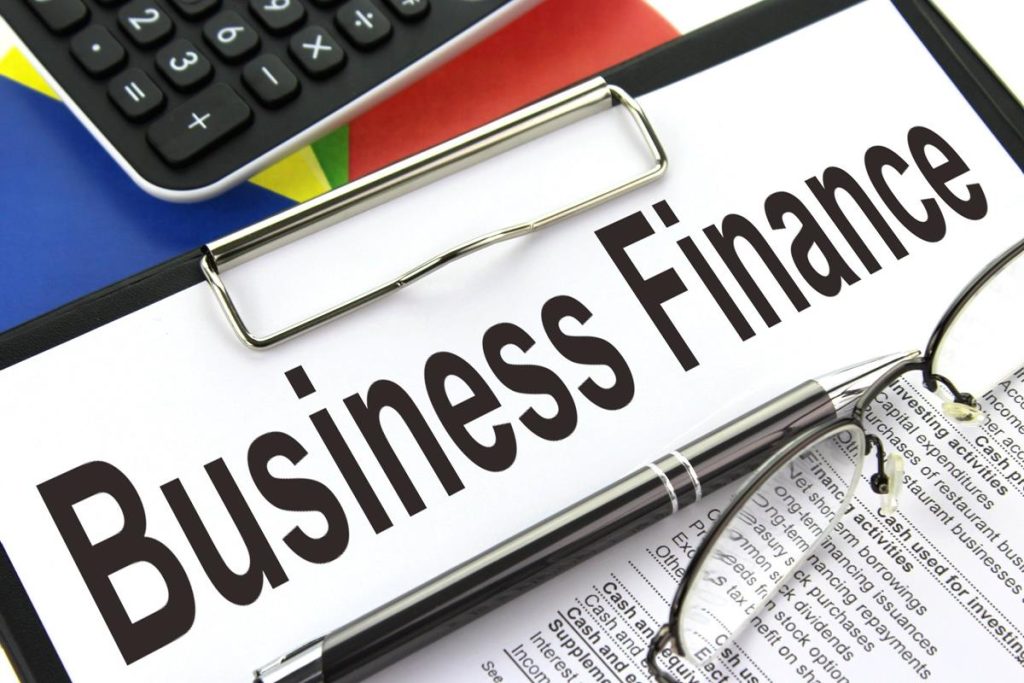Finance is the lifeblood of every business as it helps with the overall running, growth and expansion of a business. Therefore, a thorough understanding of the workings of corporate finance is imperative and inevitable. In the following sections of this article, we will cover –what is business finance and many other aspects of corporate finance.
What is business finance?
The process by which commercial organizations acquire and properly allocate capital is known as “corporate finance”. The financial manager is responsible for a variety of tasks, including financial needs planning, requirements analysis, and operations management. The term “business finance” refers to the cash needed to start a business, operate it, and possibly expand that company in the future.

Accounting balance sheet
A balance sheet, also known as a balance sheet, is a statistical table that contains information about the financial position of a company or organization for a given period. A balance sheet includes information about a company or organization’s assets, liabilities, and capital.
Income statement
An income statement is a formal report that a company or organization must disclose to its shareholders and stakeholders, which provides detailed information about that company or organization’s earnings. The income statement contains information about sales, profits, and other earnings.
Revenue is the amount of money a company or organization receives from sales, services, and other business activities. Profit is the amount left after deducting the expenses of the company or organization. Earnings reports can be compiled on an annual or quarterly basis and published on a company or organization’s website, or sent to shareholders and stakeholders.

Change in stockholder’s equity
- Capital stock: This refers to the company’s issued and outstanding shares of common and preferred stock.
- Retained earnings: This represents the profits that the company has retained and has not paid out as dividends.
- Other comprehensive income: These are changes in equity items that are not included in net income, such as foreign currency translation adjustments, gains and losses on investments, and pensions and other post-retirement benefits.
Comprehensive income statement

- Revenue: This is the money a company earns from its primary operations.
- Expenses: These are the costs a company incurs in order to generate its revenue. Examples include cost of goods sold, salaries, rent, and utilities.
- Income from operations: This is the company’s revenue minus its expenses, and it represents the profit or loss from the company’s main operations.
- Other revenues and gains: This includes income from activities that are not related to the company’s main operations, such as investments or interest income.
- Other expenses and losses: This includes expenses and losses that are not related to the company’s main operations, such as foreign currency translation adjustments, gains and losses on investments, and pensions and other post-retirement benefits.
- Income tax: This is the amount of income tax the company owes for the period.
- Net income: This is the company’s total revenue minus its total expenses, gains, losses, and taxes, and it represents the company’s overall profit or loss for the period.
- Other comprehensive income: This is the sum of all items of income and loss that are not included in net income, such as foreign currency translation adjustments, gains and losses on investments, and pensions and other post-retirement benefits
The benefits of financial reporting
- Allows investors and potential investors to assess the financial position of the business and decide whether to invest.
- Helping business managers evaluate business performance and decide on appropriate financial strategies.
- Provide information to other stakeholders, such as banks, financial institutions and regulators, so that they can assess the financial position of the business and decide on financial assistance.
The drawbacks of financial reporting
- Financial reports can be complex and difficult to understand for those without a strong background in accounting or finance.
- Preparing financial reports can be time-consuming and costly, especially for small businesses that may not have the resources to hire a professional accounting staff.
- Make it difficult to use them to make forward-looking decisions or predictions about the future.
- Financial reports only provide a limited perspective on a company’s overall financial health.
- Financial reports could be manipulated or falsified in order to give a misleading picture of a company’s financial health.
Conclusion
Business finance is the process of managing a company’s money, including activities such as raising capital, investing funds, and managing financial risks. It is a critical aspect of running a business, as it ensures that a company has the necessary resources to meet its goals and objectives.


